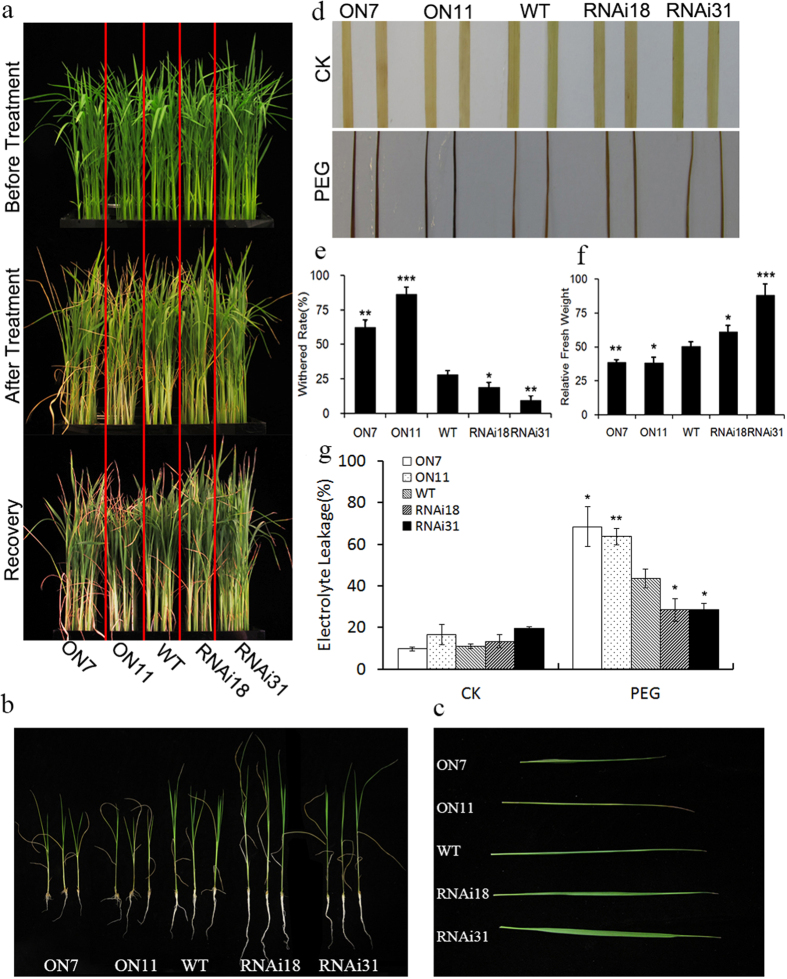Figure 4. Phenotype analysis of OsNAC2 transgenic plants and WT response to 20% PEG8000 treatment.
The seedlings were cultivated in basal nutrient solution and normal conditions, 28 °C, 16 h light and 8 h dark. Then two-week-old seedlings were transferred into nutrient solution containing 20% PEG8000 for 5d and recovery for 3d. (a) Phenotype of WT and OsNAC2 transgenic plants before and after PEG8000 (20%) stress for 5d and recovery for 3d. (b,c) Phenotype of ON7, ON11, WT, RNAi18 and RNAi31 after salt treatment. Leaves turned yellow and rolled into a needle-like shape. (d) DAB staining of WT and transgenic seedlings leaves after recovery. (e) Withered rate of WT and transgenic seedlings after recovery. We sampled 96 individuals of each line. Then we measured the length of all leaves and the length of withered parts in each line, and calculated the result by withered parts’ length/Total leaves length. The assay was repeated three times. (f) Relative fresh weight of WT and transgenic seedlings after recovery. (g) Electrolyte leakage of WT and transgenic seedlings after recovery. Data were means ± SE with at least three biological replicates. Asterisks represent statistically significant differences between WT and transgenic plants. *P < 0.05, **P < 0.001, ***P < 0.001.

